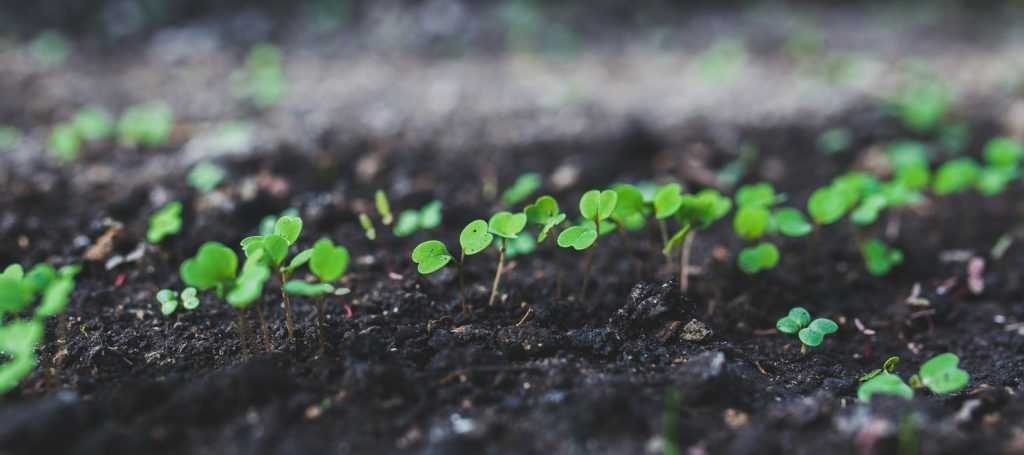
Sowing with heat or on a hotbed
an essential step for tender plants
Contents
Why sow in warmth? Warm sowing enables the germination of seeds that require a certain level of heat to sprout. Generally speaking, this applies to all vegetable plants originating from warm climates (aubergine, tomato, melon, chilli pepper, basil…) which wouldn’t be able to complete a full growth cycle through to fruiting in our latitudes.
When and where to sow under cover?
Warm sowing can be carried out from January through to April.
This is done in a heated and very bright location, typically indoors or in a sheltered space (such as a greenhouse or conservatory heated during winter).
Depending on their specific requirements (the optimal germination temperature reaches 25°C for some vegetables) and the ambient room temperature, seeds sown in seed trays or pots can be:
- simply placed near a window,
- covered with plastic film (such as cling film), a pane of glass or the lid if using a propagator,
- placed on a water radiator or a heated propagator which will maintain a gentle and consistent temperature.
It is possible to carry out warm sowing in the garden by using a hotbed. This traditional method involves sowing under a cold frame on a substantial quantity of fresh organic matter (cow or horse manure). The principle is simple: as it decomposes, the manure releases heat which warms the compost it is covered with. Effective and economical, the hotbed method is however not easy to implement, which explains why it is now rarely used.
⇒ Discover how to create a hotbed.
Success conditions: light and controlled humidity
In addition to quality compost, sowing in warmth requires:
- light.
Seedlings should be placed near a window to ensure they receive maximum sunlight, preventing them from becoming “leggy”. This phenomenon, known as etiolation, results in seedlings growing excessively tall. They then become fragile, of poor quality, or simply die from exhaustion after searching in vain for light. This is referred to as “leggy” seedlings.
→ Learn more: Why are my seedlings leggy?
- good ventilation.
While moisture and warmth are essential for seeds to germinate, they also create ideal conditions for the development of pathogenic fungi responsible for damping off. This fungal disease typically leads to the death of seedlings. To prevent damping off, only use clean containers, avoid overwatering, and regularly ventilate trays under glass or lids. Sprinkling a light layer of finely crushed charcoal over your seedlings is also a good preventive measure.
→ Learn more: Damping off: understanding, combating, preventing
Discover other Melon
View all →Available in 1 sizes
Available in 1 sizes
Available in 1 sizes
Available in 1 sizes
Available in 1 sizes
Available in 1 sizes
Available in 1 sizes
Available in 1 sizes
Planting out in the garden: not too early and only after hardening off
Seedlings sown in warmth should only be planted out in the garden once the last frost risks have passed, which is after the Ice Saints period in most of France.
To minimise thermal shock and obtain sturdy plants, it is advisable to gradually acclimatise them to outdoor conditions about ten days before final planting in the garden. To do this, take them outside for a few hours each day in fine weather: the cooler temperatures and a gentle breeze will help them toughen up and develop into robust plants ready for the vegetable patch.
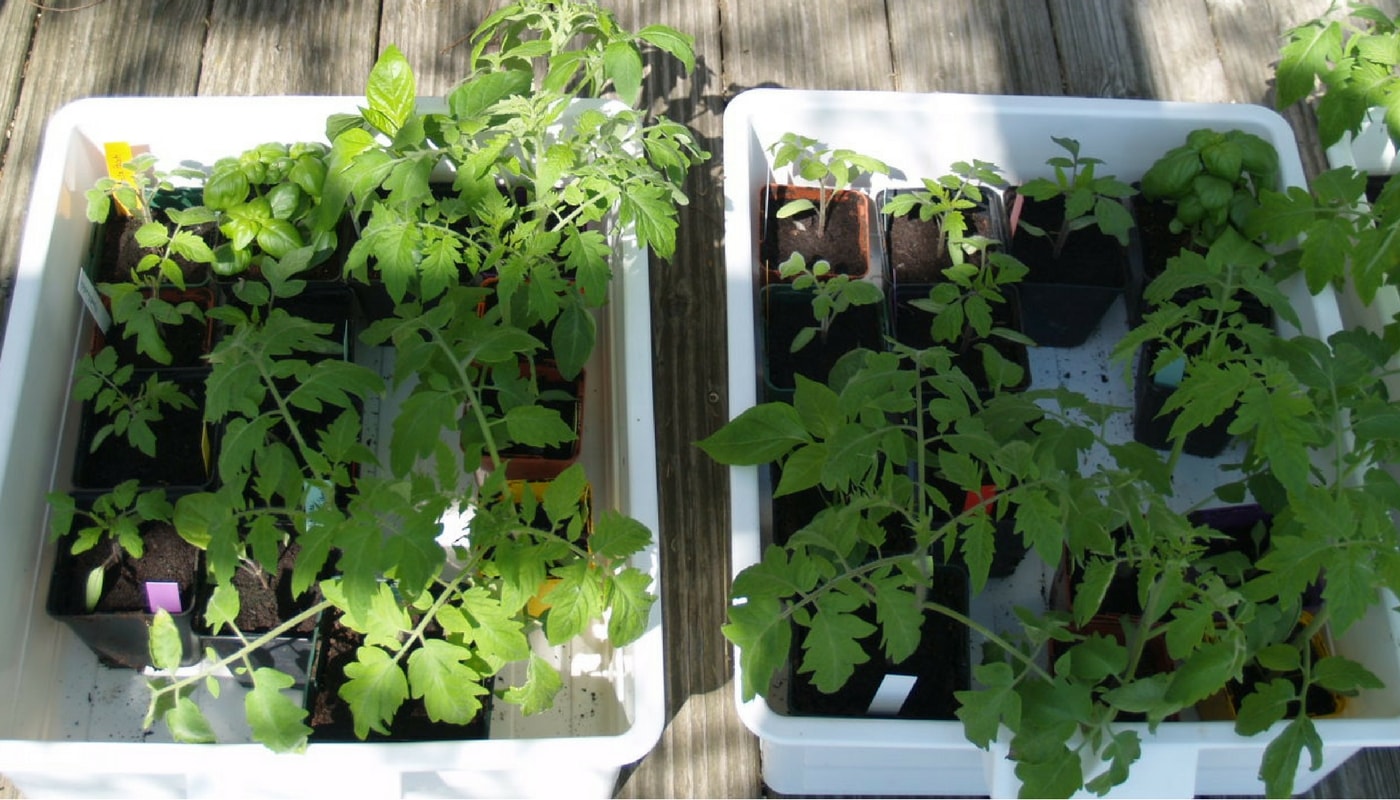
To harden off your plants: expose them gradually
Warm sowing in video
Watch our video:
- Subscribe!
- Contents
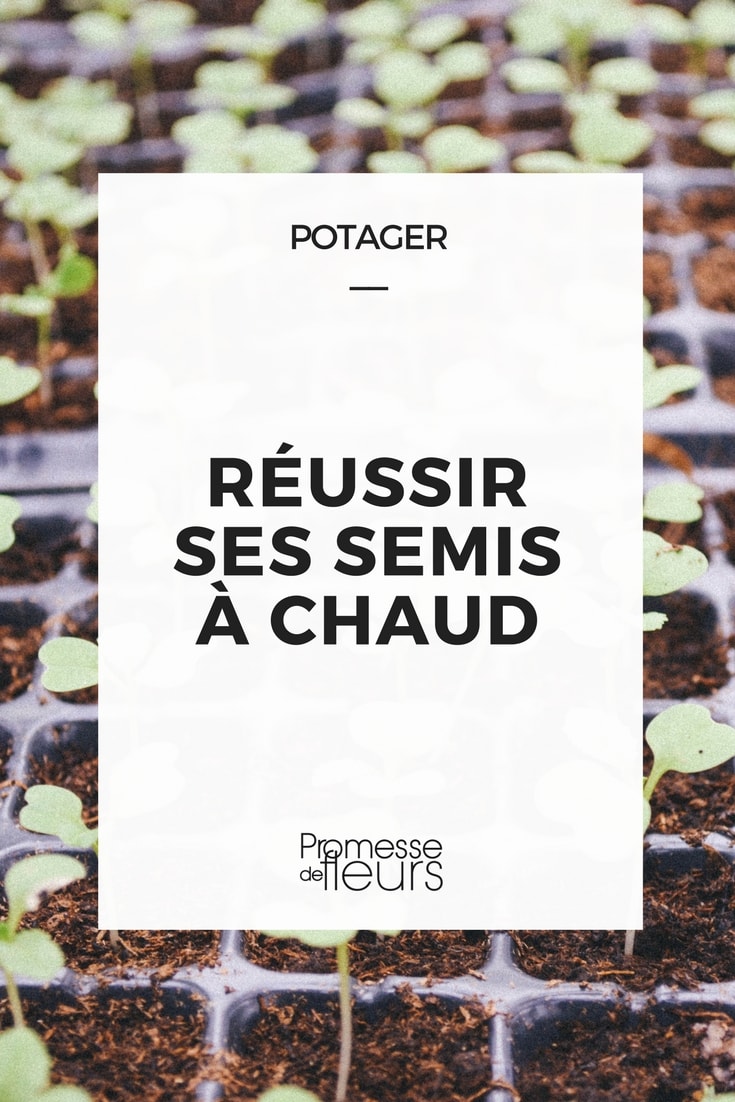


































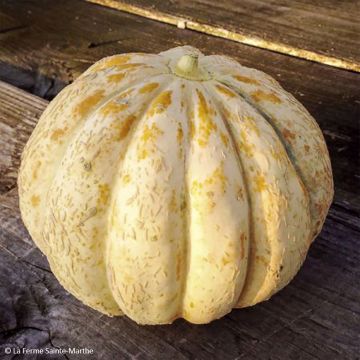
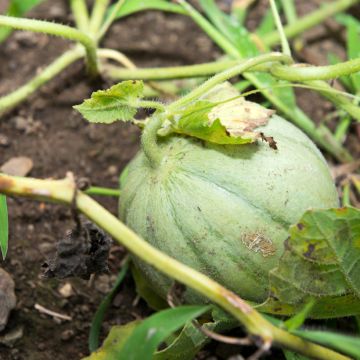
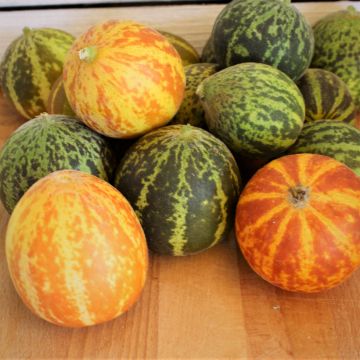
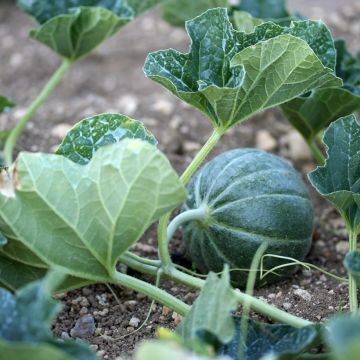


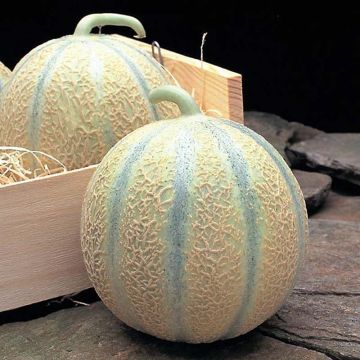
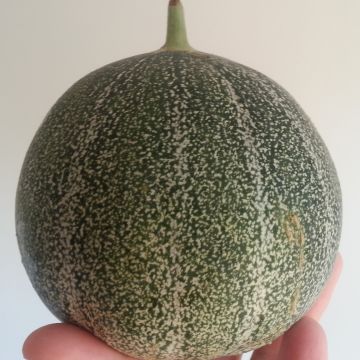
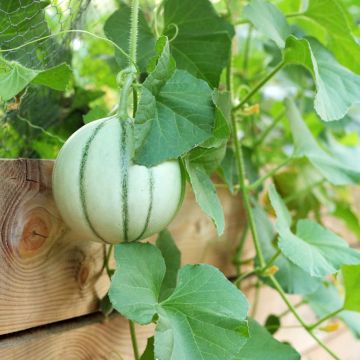
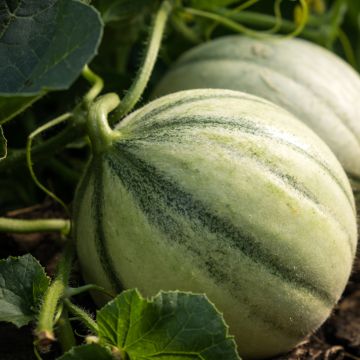
Comments